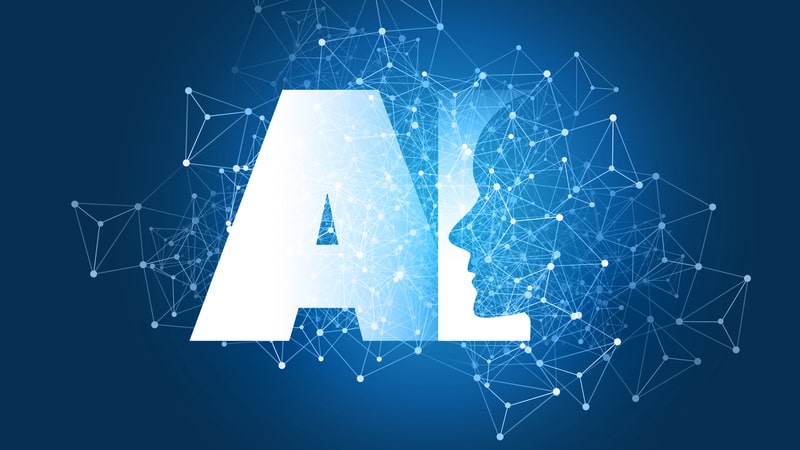
As the Department of Defense (DoD) builds more artificial intelligence (AI) into its technology and operating procedures, the security of those technologies and the networks they operate will only increase in importance, said the director of the DoD’s Joint AI Center (JAIC) at the Billington Cybersecurity Summit on October 8.
JAIC Director Michael Groen said that in order to properly defend AI, the networks that AI technologies run on must be highly secure. Groen added that AI will play a big role in how the DoD defends its networks as the DoD moves towards a zero trust architecture.
“The first aspect of cyber defense of artificial intelligence starts with the networks,” Groen emphasized.
“The department is undergoing a little bit of a mind shift on networks in architecture,” he continued. “Our networks are a core piece of our warfighting architecture our networks and our weapons, and so we have to treat them like weapons, we have to plan them protect them, and make them resilient because everything that we’re going to do in an artificial intelligence or data-driven way will depend on the security those networks.”
Groen said that while the DoD has done a good job thus far in moving towards zero trust architecture and securing its cloud properties, AI comes with its own set of challenges. Those include spoofing, deep fakes, data poisoning, and adversarial AI.
“There’s special attention being paid on AI security,” Groen said. “So, we want to make sure that, yes, we depend absolutely on network architecture for that security, but we want to make sure that our AI is also secure.”
The JAIC undertakes constant vulnerability testing to keep AI secure, but Groen said that the center also is looking at how to utilize AI for cybersecurity. He explained that utilizing AI as a solution in cybersecurity is essential because it will allow the DoD “to handle massive data flows at speed.”
“At warfighting tempo well you have to have to be secure, and that’s way beyond the ability of any single human network architect or network monitor, so we’re eager to help build a resilient architecture by detecting traffic on our networks,” Groen said.
“We’re eager to have to figure out how do we detect threat actors on our networks, how do we identify anomalous activity, how do we tee that up for cyber defenders across the environment so that they can actually respond and be better prepared,” Groen said.
“So, we have a number of initiatives, and we work very closely with Cyber Command and others, especially our network managers, to employ AI to make our network more secure,” he said. “That’s that is something that will grow, I think, significantly over the next couple of years.”
